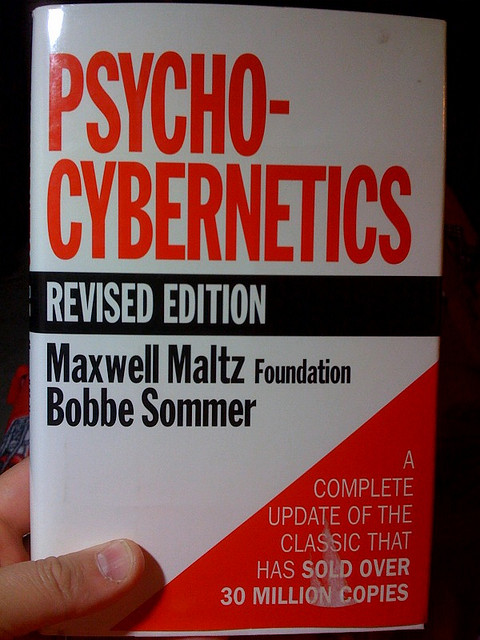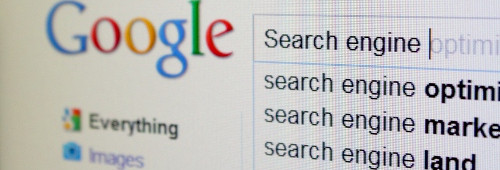mHealth firms face a huge inherent marketing challenge:
Pinpointing exactly who is your buyer and the end-user of your mHealth product or service.
Hospital administrators, IT managers and staff, doctors, nurses, and finally the patient are a diverse group, all with differing needs, concerns, fears, desires, and motivations. To deliver a valuable mHealth solution means understanding and navigating this diversity.
Your mHealth story must, as a result, be flexible enough to resonate and connect with this diversity. It must be inherently agile.
For your mHealth firm’s profitability, you must identify the right user groups where you’re able to scale your solutions, yet be flexible enough to adapt to a variety of IT and communications systems and health care workflows. This is your ultimate end game.
The start game begins with recognizing the various Buyer Personas in the marketing and sales process of your mHealth product or service. Typically you’ll encounter multiple key Buyer Personas.
Identify the Buyer Personas
The first step is to identify the Buyer Personas involved in the decision to purchase your mHealth solutions.
Who does the initial research for your product or service? Is it the hospital CEO? Or, does it originate from the Chief Surgeon? Does the CIO typically search out your solution? Does this initial stakeholder influence the purchase? How much influence do they have in the final purchase decision?
Create Buyer Persona Descriptions
Once you know and have identified the stakeholders and those who influence the purchase decision, now you create in-depth descriptions of the individuals’ needs, wants, and prejudices.
Suppose in your end-to-end mobile communications system for hospital surgical units the buyers are the hospital CEO, Chief of Surgery, Chief Information Officer, and the Chief Nursing Officer.
To better understand each of these Buyer Personas and best craft agile marketing stories, flesh out each of these people as if they were real:
1. Demographics- Age, Sex, Level of Education, Where do they live? Married? Children?
2. Lifestyle- Income level? Spending habits? Car they drive?
3. Interests– What do they do in their free time? Do they attend church? Do they travel? Hobbies or sports they enjoy?
4. What are their concerns- Based on their position and job role, what are their main concerns? The budget, cost, ROI? Time to train?
5. Use of Mobile Technology- Are they smartphone users? Personal bias or prejudices about use or brands?
6. Personal Goals and Desires- Are they seeking/concerned about job security? Do they want to be they driver of the decision?
7. Decision making and work style- Are they collaborative? Authoritative?
8. Past Behaviors- In past decisions, what role, influence, and behaviors did they exhibit?
9. Interaction with Your Company- How do they interact with you? Preferred communication method- email, phone, text etc.? Opinion/perception of your company, technology, and industry. Thoughts and opinions about your competitors.
10. Expectations of Your Company- Low cost? Ongoing training? Implementation? Communication and responsiveness expectations?
11. Source of Information- Where do they look for information about your product or service? Do they do online research? Search terms they use? Sites they trust? Are they active in social media?
12. Information Wanted- What do they want from you? Product or service details? White Papers and educational webinars?Client case studies? In what format do they consume information- text, audio, video, or a combination?
13. Where are they when consuming information? At work? At home? On a computer? Using a smartphone?
After you’ve developed your Buyer Personas, share them with people in your firm to determine if they’re on track in terms of your product and your marketing story.
Finally, keep in mind, the common theme of successful health care stories is saving lives, or helping people live healthier, happier lives. Keep this simple theme as a thread throughout all your mHealth stories, but have the flexibility to adapt it to the roles, want, needs, and aspirations of the diversity of Buyer Personas you will encounter.
photo credit: alphadesigner via photopin cc









10 thoughts on “Telling Your mHealth Story: Creating Agile Buyer Personas”